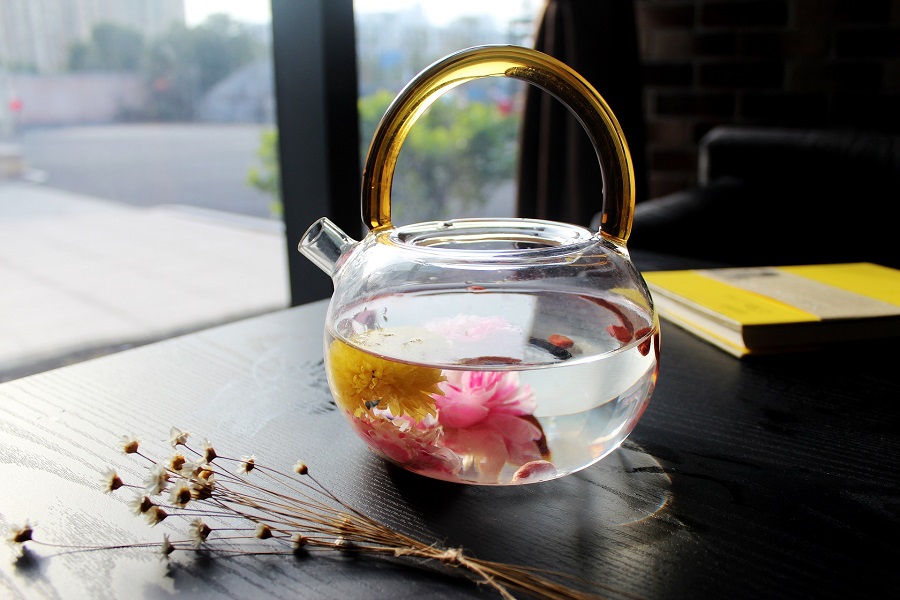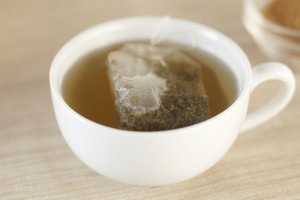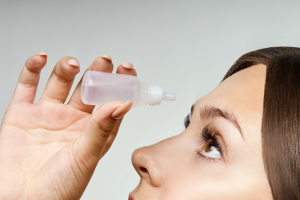How to tell if your fruit is safe to eat
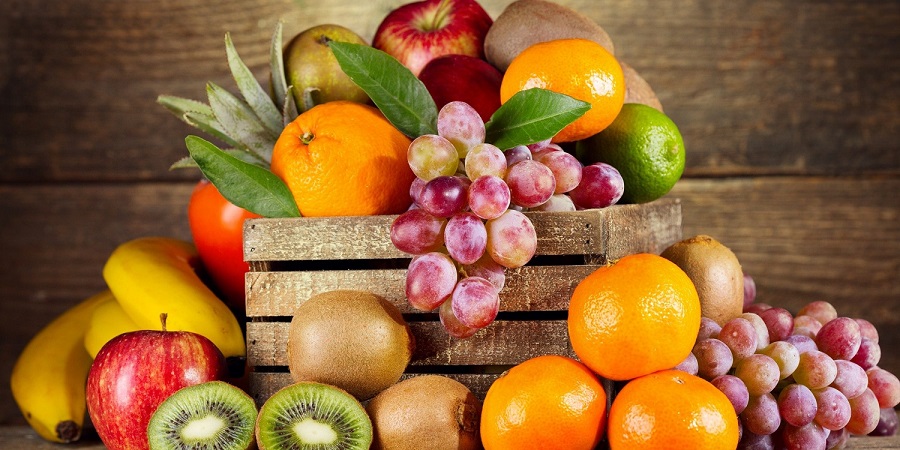
Fruits are an excellent food that can provide you with abundant antioxidants, vitamins, and other nutrients. However, they are prone to spoilage, especially during hot, humid summers. Spoiled fruits contain 200 foodborne pathogens, which will lead to food poisoning, including nausea, vomiting or diarrhea. So, how to tell if your fruit is safe to eat? Firstly, let’s learn the reasons why fruits go bad.
Causes of fruits spoilage
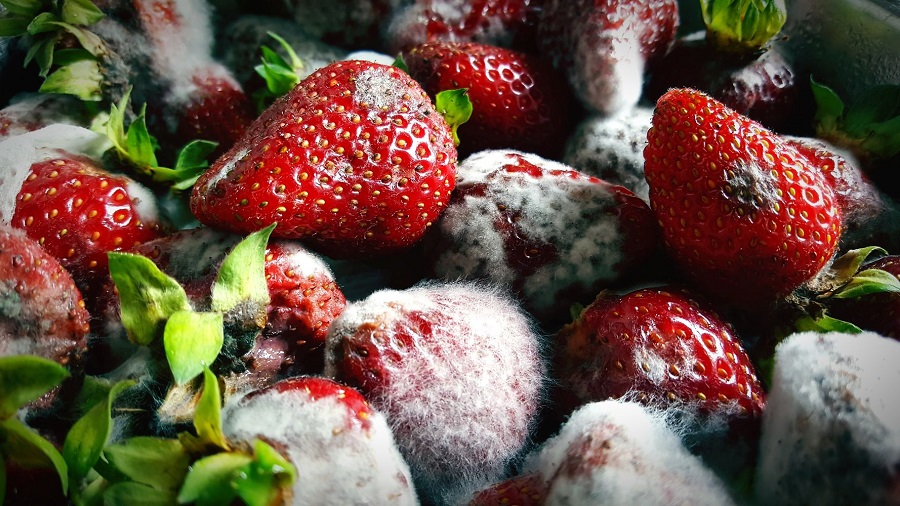
Fruits spoilage may result from contamination with bacteria or mold. In high temperatures or humidity, fruits may also get damaged. In some cases, the culprit can also be ethylene gas and polyphenol oxidase (PPO). The former is a plant hormone that boosts food ripening, while the latter is a plant/animal enzyme that contributes to oxidative browning. For certain fruits which is PPO-sensitive, they are more likely to turn brown in a short period of time.
Can you eat fruit that is partially damaged?
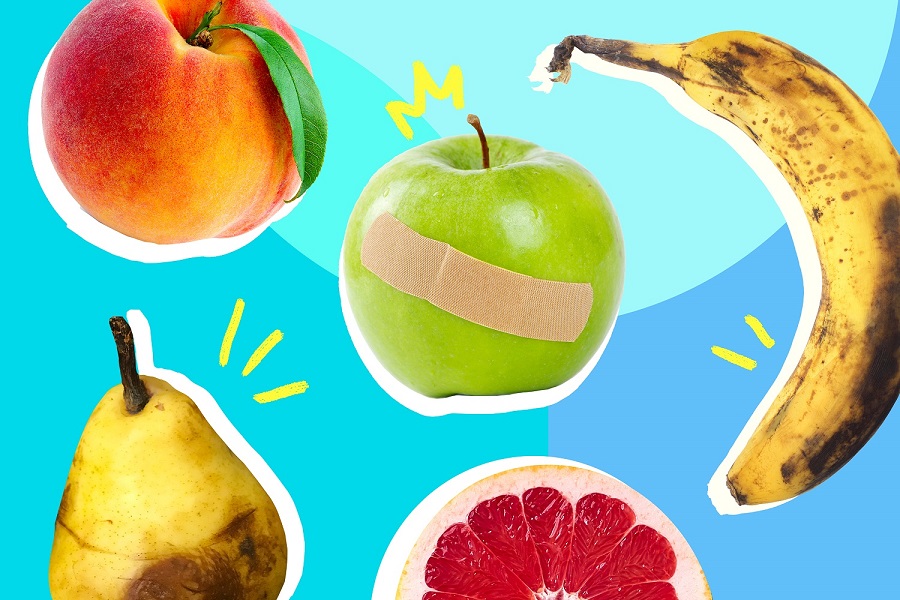
It is easy to determine your fruits are fresh or not just by checking their color, texture, and smell. But what if your fruit is partially damaged? Is it safe to eat the other part?
Normally, fruits that get bruised during transportation are still good to eat. The collision may cause bacteria to grow in the bruised area, but it won’t affect the other pulps either in taste or health benefits. So, just eat it without worry. Peach, plums, pears, and other soft fruits are examples of fruits that can also be safe to eat when bruised.
The other similar case is a fruit that gets frostbite in a low-temperature environment. Because low temperature inhibits the growth of bacteria, the likelihood of fruit spoilage is really low. Also, remove the rotten part, the other pulp is still edible.
However, if your fruit is visibly moldy, you should throw it away. In addition to the moldy part, the other parts will also be contaminated, so that can probably lead to food poisoning.
The right way to store and eat fruits
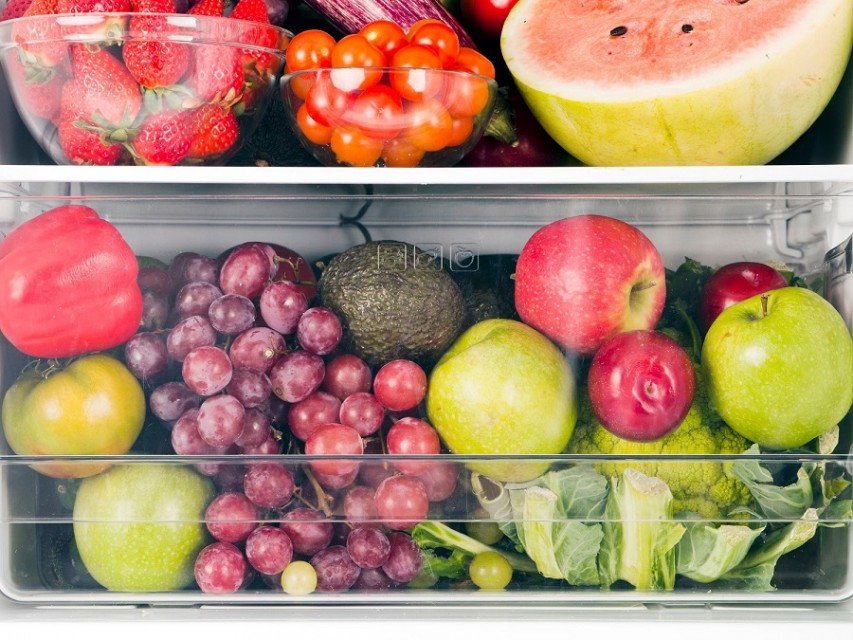
Fruit waste due to spoilage is so common that you need to take some actions to prevent it. It is important to remember that some fruits will get damaged more easily than others, such as raspberries, grapes, oranges, and other soft fruits. So always buy fruits as much as you need, and to reduce the probability of getting moldy, don’t wash it until you decide to consume it.









